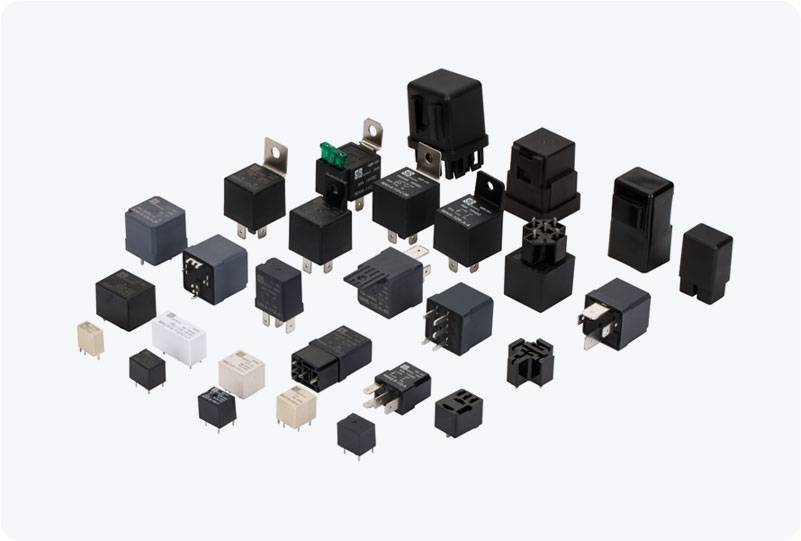high-power relay: a vital component in power control systems
Release time:2025-10-19 02:54:40
High-power relays are essential components in many electrical systems that require the control of high-voltage or high-current circuits. These relays act as a switch that allows small control signals to turn on or off larger electrical loads. Due to their importance in managing power flow, high-power relays are widely used in various applications, ranging from industrial machinery to electric vehicles. This article will delve into the function, types, applications, and benefits of high-power relays.

What is a High-Power Relay?
A high-power relay is an electromechanical device that is designed to control circuits that carry high power. Unlike standard relays, which are typically used for low-voltage circuits, high-power relays can handle much larger currents—often in the range of hundreds or thousands of amperes. The core function of a high-power relay is to allow a low-power signal, often from a microcontroller or a low-voltage control system, to switch a larger current on or off in a higher-voltage circuit.
The design of a high-power relay typically includes a coil that generates a magnetic field when energized. This magnetic field activates a switch that connects or disconnects the high-power circuit. The contacts inside the relay are robust and designed to withstand the high electrical loads they manage.

